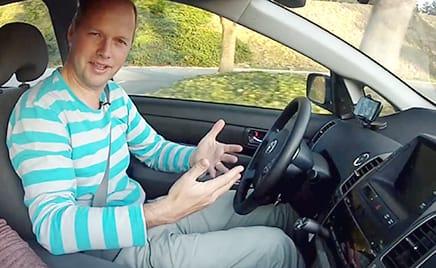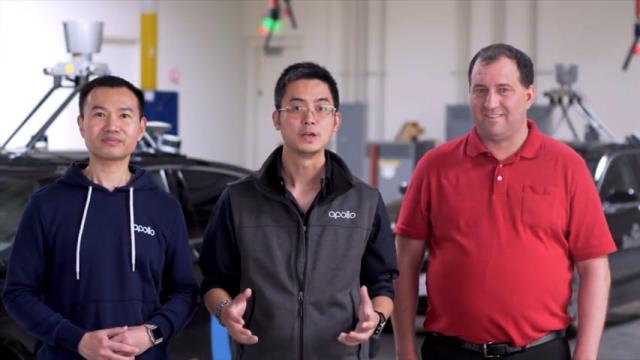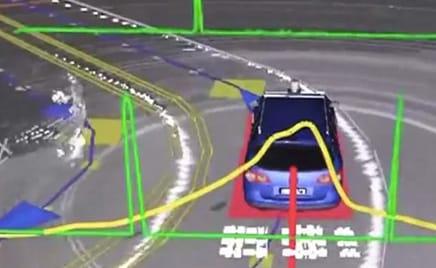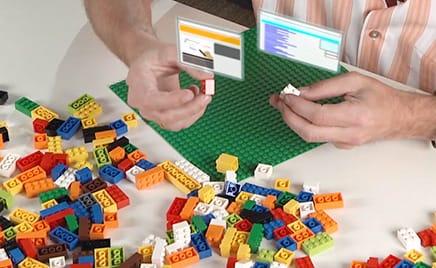Artificial Intelligence for Robotics (Udacity)
Categories
Effort
Languages
Learn how to program all the major systems of a robotic car. Topics include planning, search, localization, tracking, and control. Learn how to program all the major systems of a robotic car from the leader of Google and Stanford's autonomous driving teams. This class will teach you basic methods [...]
Self Paced





